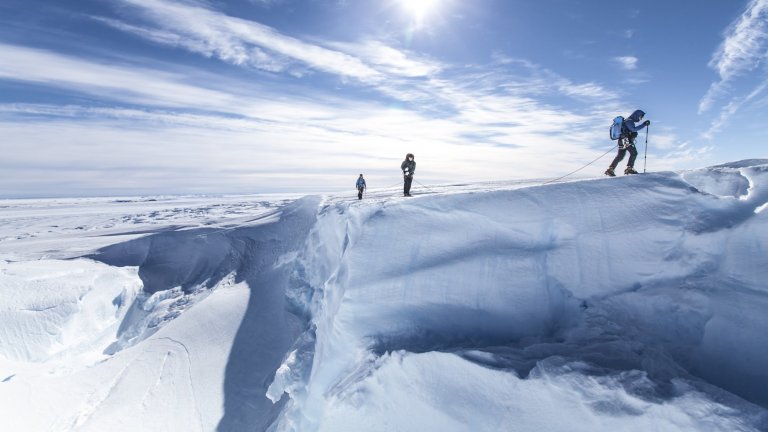
© Thibaut VERGOZ / IPEV / LGGE / CNRS Images
View the mediaFolder
Part researcher, part intrepid explorer, the line between the two can be a thin one…

© Thibaut VERGOZ / IPEV / LGGE / CNRS Images
View the mediaSome scientists really are adventurers in the realms of knowledge. From the depths of the oceans to the summits of the Himalayas, from the heart of the Amazon rainforest to the vastness of the Antarctic, scientists have been known to travel to the very ends of the world in their quest for knowledge! They have endured great physical and psychological hardship to install measurement instruments, gather data and carry out experiments. Here we focus on researchers whose exploits rival those of many a great explorer.
Our work is guided by the way scientists question the world around them and we translate their research into images to help people to understand the world better and to awaken their curiosity and wonderment.